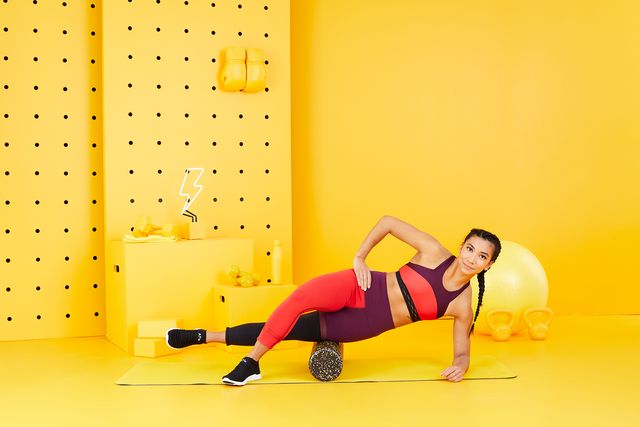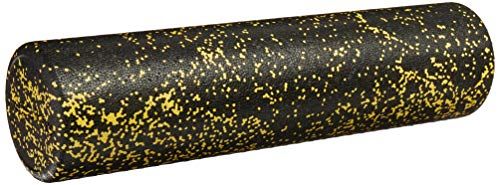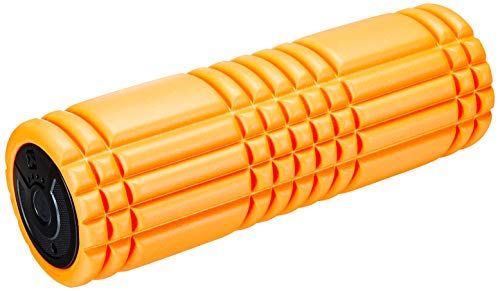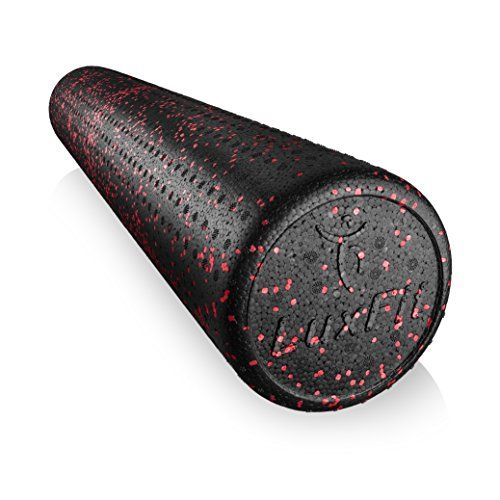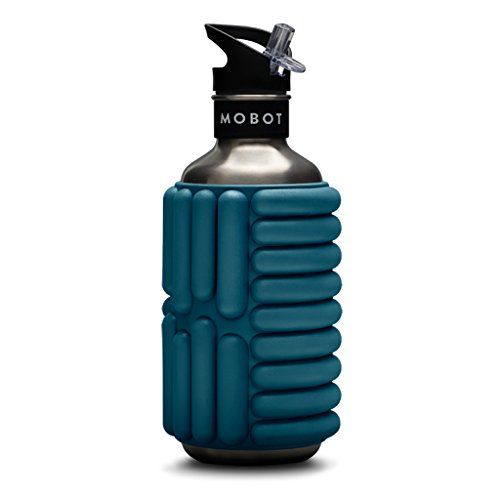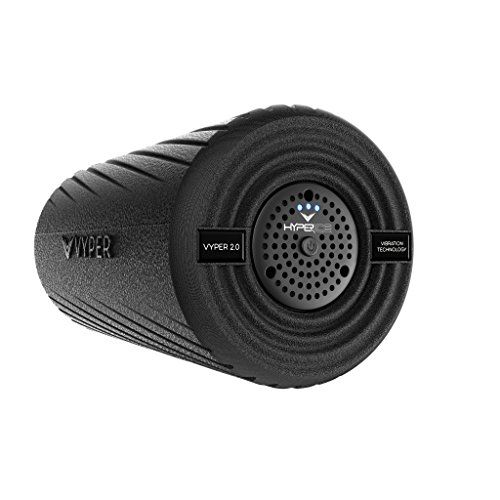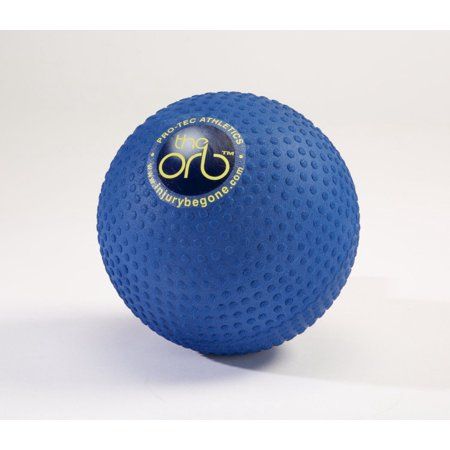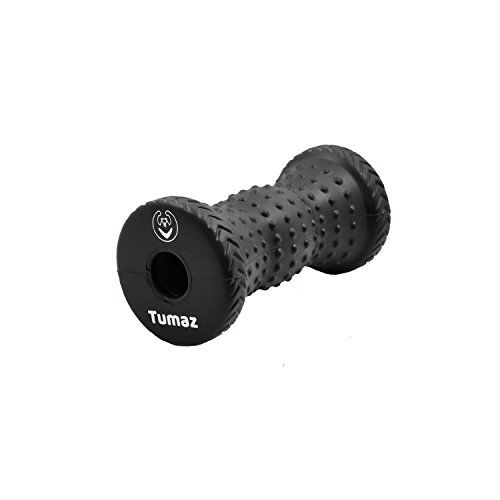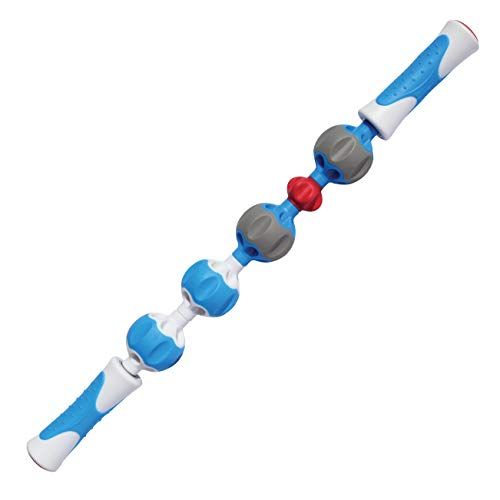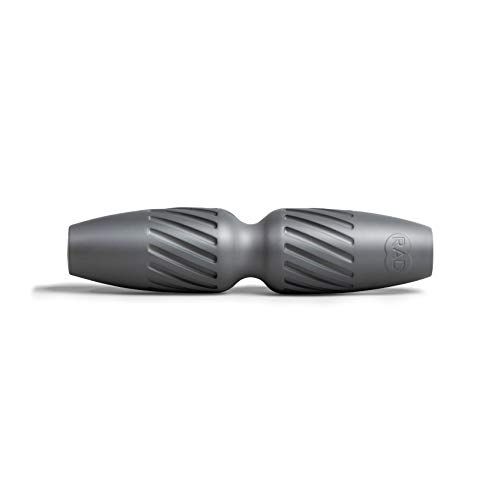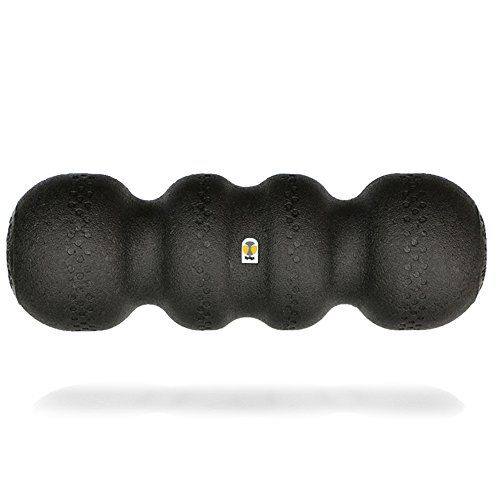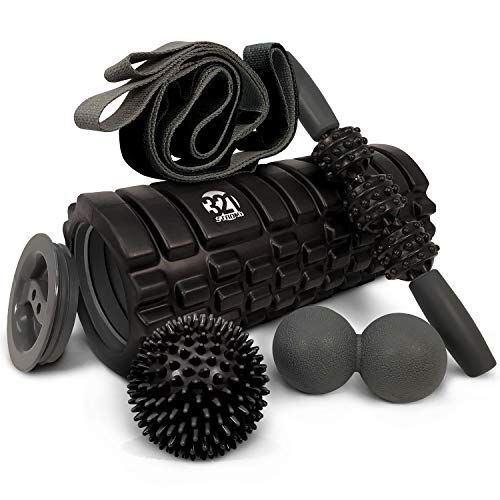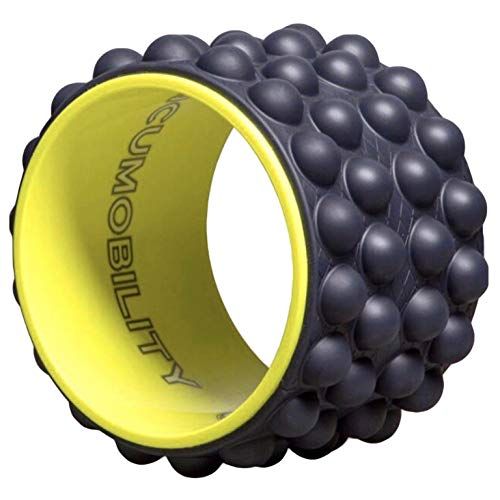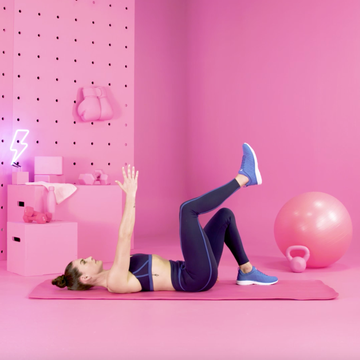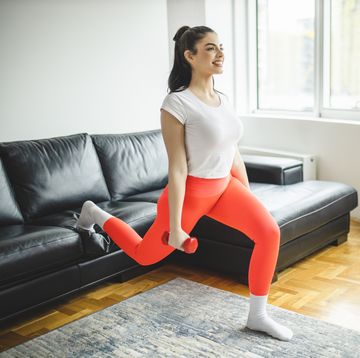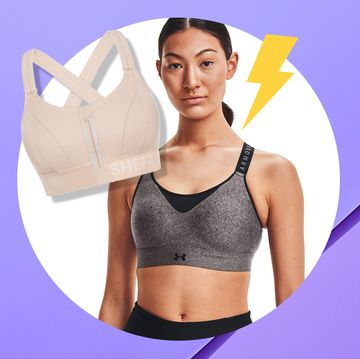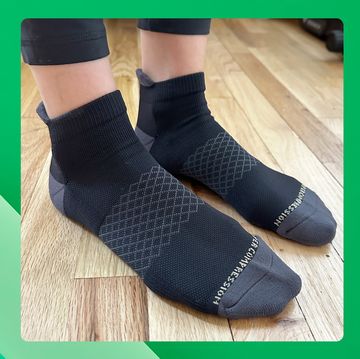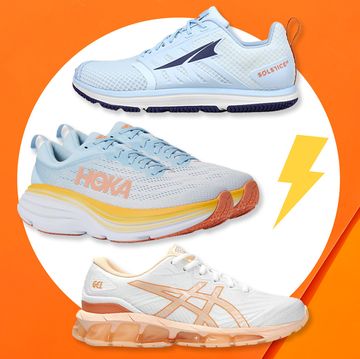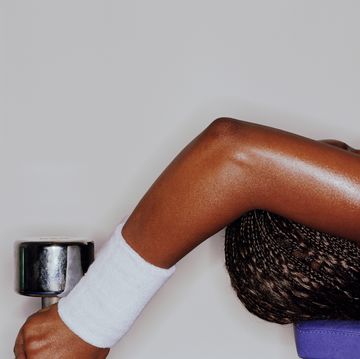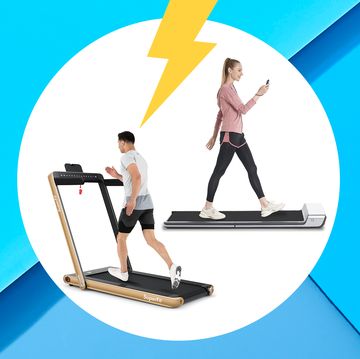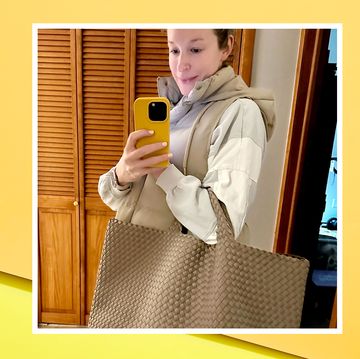Raise your hand if you have a foam roller gathering dust under your bed or in your closet. Or maybe you've thought about getting a foam roller but haven't actually pulled the trigger yet. Well, your muscles called, and they're begging you to use this recovery aid in your fitness routine.
The foam roller is a tool you should be incorporating into nearly every workout, says Sarah Kostyukovsky, a physical therapist at Physio Logic in New York City. “Foam rolling has been shown to improve range of motion, decrease neuromuscular exhaustion, and decrease post-exercise soreness,” she says. In fact, foam rolling after a workout significantly decreases soreness up to 72 hours later, according to research published in The Journal of Athletic Training.
But it’s not just beneficial post-exercise, says Kostyukovsky. "Foam rolling before a workout can improve your mobility without negatively affecting performance," she says. Foam rolling before or after a workout can also help decrease muscle fatigue and improve your performance. (You can even roll on recovery days to help soothe your muscles.)
Because it's basically a self-massage technique meant to affect your soft tissues (like your muscles and fascia), you can foam roll any major muscle group including the quadriceps, hamstrings, calves, and upper back, says Kostyukovsky. “You just want to avoid sensitive parts of the body where nerves and blood vessels lie close to the skin like your neck, abdomen, and groin,” she explains.
And when it comes to choosing the right roller, Kostyukovsky says: “a smaller foam roller (18 or 24 inches) can target most parts of the body and is good for portability."
She also recommends a larger foam roller (36 inches), as it's "more versatile and can be used to target larger body areas like your upper back.”
It's important to note that the firmer the foam roller, the deeper the pressure it will provide—so if you’re new to foam rolling, start with a softer roller to adapt your body to the technique and to prevent injury.
Ready to get rolling? Try these seven exercises—it only takes 10 to 15 minutes to do all of them!—next time you’re about to exercise or when you’re cooling down. Roll over each spot five to 10 times.
Calves
How to: Sit on the floor with legs straight out, hands on the floor behind you supporting your weight. Place the foam roller under calves, and bend left knee to rest left ankle on right leg. Slowly roll along the back of right leg, up and down from knees to ankles. Repeat on opposite side.
Why you should do it: Tight calves and limited ankle mobility can seriously hamper your movement. “Foam rolling the muscles on the back of your lower leg can decrease the fascial restrictions in your lower leg and improve your ankle mobility for injury prevention and improved sports performance,” says Kostyukovsky.
When you should do it: Try doing this first thing in the morning to improve ankle stiffness, after sitting all day to get the blood flowing, or after an intense leg workout to reduce future soreness.
Hamstrings
How to: Sit with right leg on the foam roller, left knee bent and hands on the floor behind you. Roll up and down from knee to just under right butt cheek. Switch legs.
Why you should do it: “Foam rolling your hamstrings—there are three muscles that all attach to the pelvis—can loosen up your upper leg and improve your hip mobility for decreased stress on your lower back and improved sports performance,” says Kostyukovsky.
When you should do it: Sit at a desk all day? Then you definitely need to roll out those tight hammies when you get home. You can also roll this area after an intense leg workout to decrease post-exercise soreness.
Quads
How to: Lie facedown on the floor and place the foam roller under hips. Roll up and down from hip to knees.
Why you should do it: Your quads are a very dense muscle group with multiple layers of muscles, says Kostyukovsky—and most of us (especially runners and cyclists) are quad-dominant. “There are four quadriceps muscles and they all have a common attachment to the knee cap,” she explains. “Foam rolling this area can improve the flexibility of the knee and therefore decrease the stress it may be imparting on your knee cap, in addition to reducing tension in your upper leg and improving your hip mobility.”
When you should do it: Target the quads before a workout to improve mobility or afterward to decrease soreness.
Back
How to: Sit on the floor with the foam roller on lower back, resting hands behind head. Tighten abs and slowly bend knees to move the roller up back, to just below shoulder blades. Roll back to start.
Why you should do it: Lower back pain is incredible common, and foam rolling can provide immediate relief. “There’s a large area of connective tissue in the low back called the thoracolumbar that surrounds the back muscles and attaches to the spine,” explains Kostyukovsky. “Foam rolling this area can help improve muscle activation and reduce tightness.”
When you should do it: You’ll definitely want to do this move after sitting all day to decrease low back stiffness or soreness.
Outer Thighs
How to: Position body on right side, with foam roller under right hip and right hand under right elbow. Bracing abs and glutes for balance, use right arm to slowly roll down from right hip to right knee. Switch to other side and repeat.
Why you should do it: “Because of anatomical differences between women and men, women tend to have tighter outer thighs due to our wider pelvic brim,” says Kostyukovsky. “Rolling the outer thighs can be particularly important for women to help with this tightness.” This move will target the long band of connective tissue that runs from your outer hip to your outer knee called the iliotibial band or ITB, she adds. “Foam rolling this area can decrease stress on your hip and/or knee.”
When you should do it: Try this one before a workout to improve the soft tissue mobility of the outer thigh.
Shoulders and Sides
How to: Position body on right side, with foam roller under right side of chest, right arm extended out on the floor away from torso, right leg straight on ground, and left leg propped in front of body with bent knee. Rotate back slightly so right lower shoulder muscle is in contact with foam roller. Slowly roll foam roller a few inches closer to legs, then a few inches closer to head. Switch sides.
Why you should do it: A lot of people carry their stress in the upper back and shoulder area. “Deep, sustained pressure to trigger points or ‘muscle knots’ has been shown to decrease the tightness of the muscle fibers and reduce the sensitivity,” says Kostyukovsky. “Using your body weight over the foam roller for deep pressure on these muscles and soft tissue can improve muscle tension and decrease those stubborn trigger points.”
When you should do it: This will feel great literally any time of day, especially if you’re particularly stressed.
Butt
How to: Sitting on the foam roller, cross right leg over left knee and lean toward left hip, putting weight on left hand for support. Slowly roll over left butt cheek. Switch sides.
Why you should do it: Your glutes are the largest muscle group in your body, and they have a lot of fascial layers, says Kostyukovsky. “A lot of people have difficulty activating these muscles,” too. Foam rolling can help to improve fascial mobility and hip range of motion, she says. “By improving the blood flow and fascial gliding of the butt muscles, foam rolling could also help with muscle activation of the gluteals, which are an important muscle group for everyday activities like stair climbing, as well as sports specific movements like running.”
When you should do it: Wake up those glutes with some foam rolling after sitting all day or before a workout. And if you’ve done a heavy leg workout and know you’re going to feel it tomorrow, grab a foam roller and roll out before heading home and sitting on your butt.
Ready to invest in your own foam roller? Try these great options:

